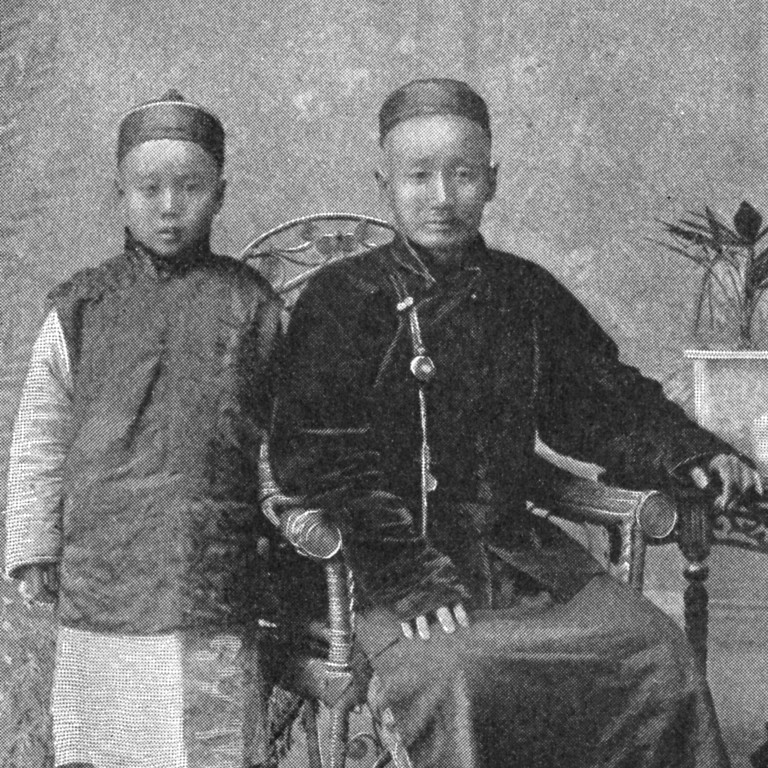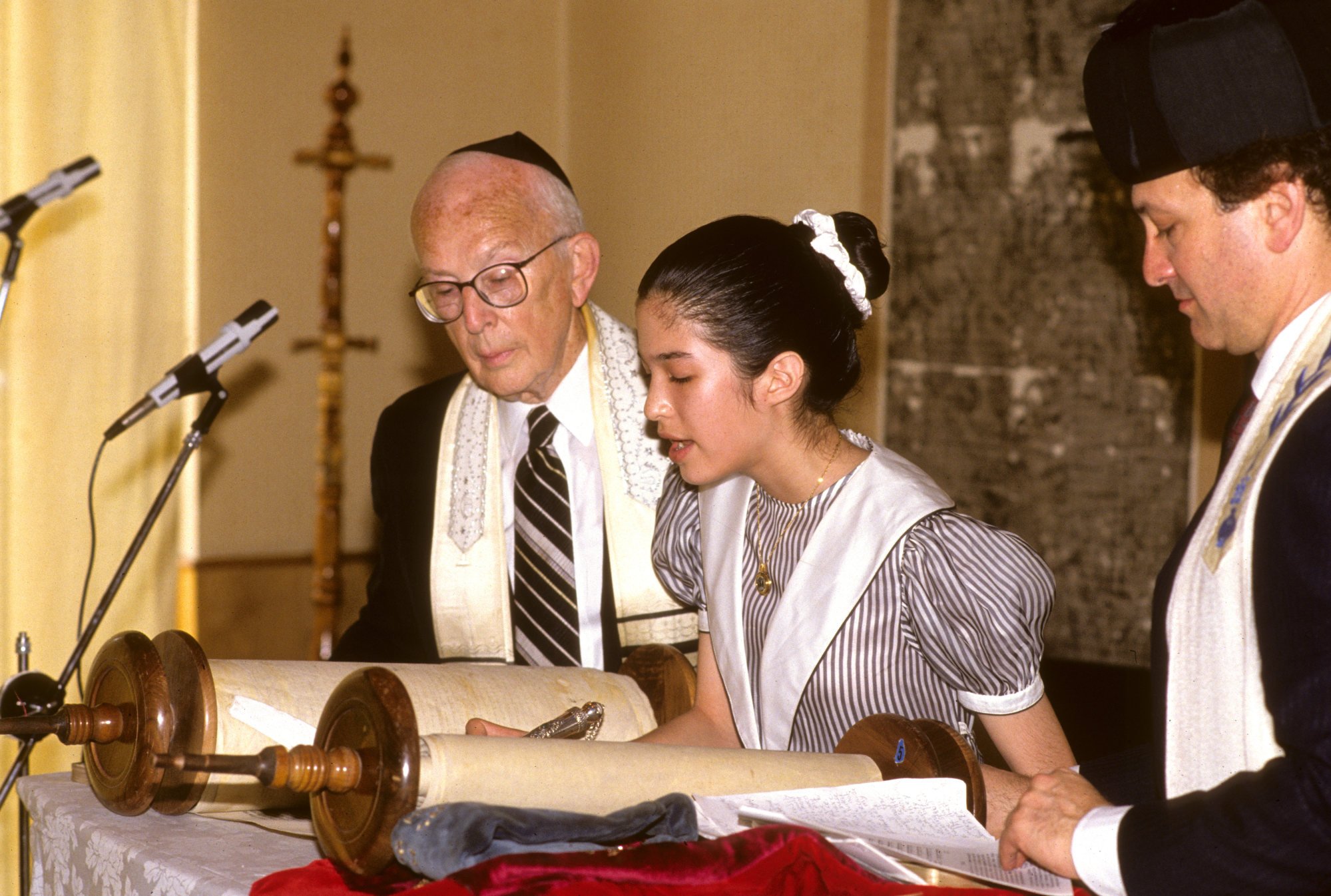
China’s Kaifeng Jews: history of ‘the religion that pulls out the sinews’ in Henan province and how some today want to learn about their forgotten heritage
- The exact date of the Jews’ arrival in China has yet to be determined, but one stele commemorates the construction of a synagogue in 1163
- By the time Western Christian missionaries in China learned about their descendants, the Kaifeng Jews had thoroughly assimilated into mainstream Chinese culture
It’s my first time in New York City, and every day I’m enthralled by the sights, sounds and flavours of this metropolis.
I know I’m only a tourist, and I do not – and choose not to – see the less savoury parts of New York, of which there are many. But even haters cannot deny the sheer energy and diversity of the city.
New York is one of the most ethnically diverse cities, not just in the United States, but in the world. Of the many American- and foreign-born nationalities living in the city, the Jewish community is perhaps one of the groups most closely identified with New York.
Growing up, one of my favourite writers was Isaac Bashevis Singer, who set many of his stories in the city, and I still re-watch the earlier movies of Woody Allen like Annie Hall (1977) and Manhattan (1979).
Never mind the purists – what’s ‘original’ about Chinese food?
The Jewish side of New York is one aspect of the city that I’ve long wanted to experience, even for a little bit in the nine days we’re here.
Of course, we weren’t so rude as to go to Brooklyn and gawk at the Hasidic Jews, but we did visit a couple of museums that featured excellent exhibitions on Jewish lives, history and art.
We had the privilege of being taken on a tour of the gorgeous Central Synagogue on Lexington Avenue. For food, I had matzah ball soup and a pastrami sandwich at the legendary, 135-year-old Katz’s Delicatessen. We also enjoyed a few too many of that most New York – and Jewish – of breads, the bagel.

All very superficial, I know, but it was probably the closest I’d ever get to any form of Jewish culture and experience.
Much has been written about the Kaifeng Jews of China, a Jewish community that have existed in the city of Kaifeng in Henan for centuries.
The exact date of their arrival in China has yet to be determined, but a stele erected by the Kaifeng Jewish community, which bears the year 1489, commemorates the construction of a synagogue three centuries earlier in 1163.
As China goes cashless, how did ancient Chinese carry their money around?
The stele’s inscription names “Awuluohan” (Abraham) as the founder of the “Yicileye” (Israel) religion.
It also cites an emperor of the Song period (960-1279) who welcomed the dozen or so Jewish families that came to China bearing cloth from the West as tribute. These families, who “revered and followed the customs of their ancestors”, stayed behind in the capital Bianliang (another name for Kaifeng).
One of the customs they must have followed was the removal of the sciatic nerve when they slaughtered animals for food, in memory of the story of Jacob wrestling with an angel. We know this because an old Chinese vernacular name for their Jewish faith was Tiaojin Jiao, “the religion that pulls out the sinews”.
This is still done today by Jewish communities worldwide as part of the process of making the meat of an animal kosher.
By the time Western Christian missionaries in China learned about their descendants in the Ming and Qing dynasties (1368-1912), the Kaifeng Jews had been so thoroughly assimilated into mainstream Chinese culture that they only had fragmented memories of their own history, traditions and identity.

Since then, much work has been done by both Western and Chinese scholars to tell the history of this ancient, isolated Jewish community in China.
There are those who still identify as Jewish in Kaifeng today, some of whom want to learn about their forgotten heritage, or even convert to Judaism.
That day in New York, as I was taking in the breathtaking interiors and ornate alcove housing the Jewish holy scriptures at the Central Synagogue, I thought about the Kaifeng Jews.
The divergent histories and fortunes of the two communities that once shared the same faith is proof that God’s ways are indeed mysterious.

